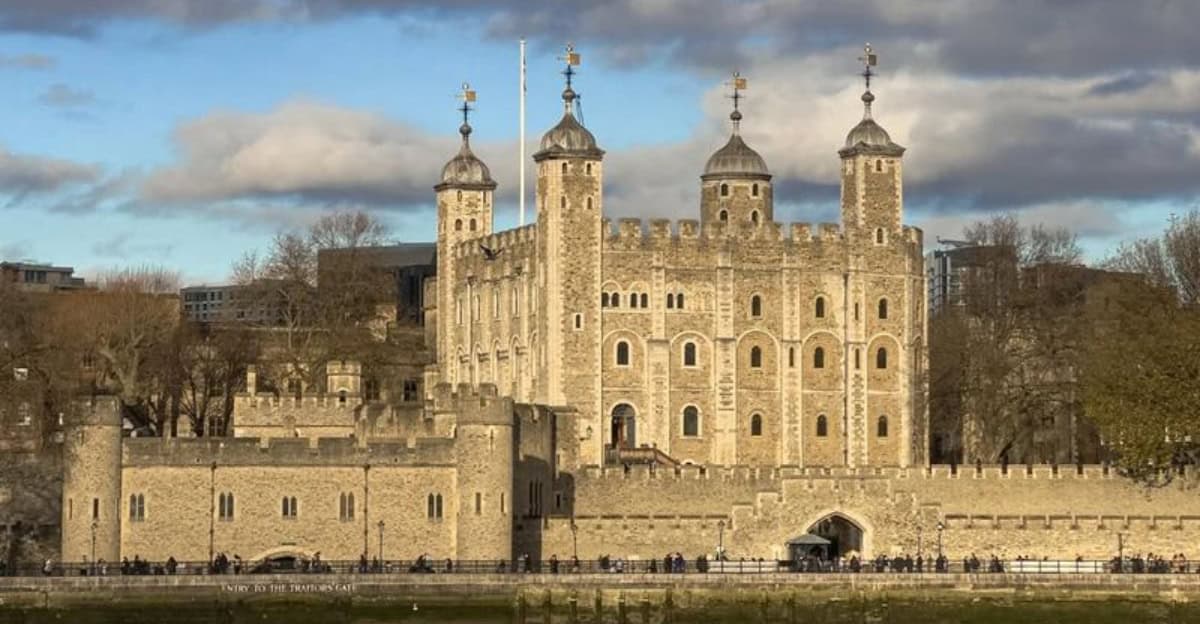The United Kingdom is home to a diverse range of UNESCO World Heritage Sites, each offering a glimpse into the nation’s rich history, culture, and natural beauty.
From prehistoric monuments to iconic cityscapes, these locations are more than just landmarks; they are treasures that tell the story of human achievement and natural wonder.
1. Stonehenge
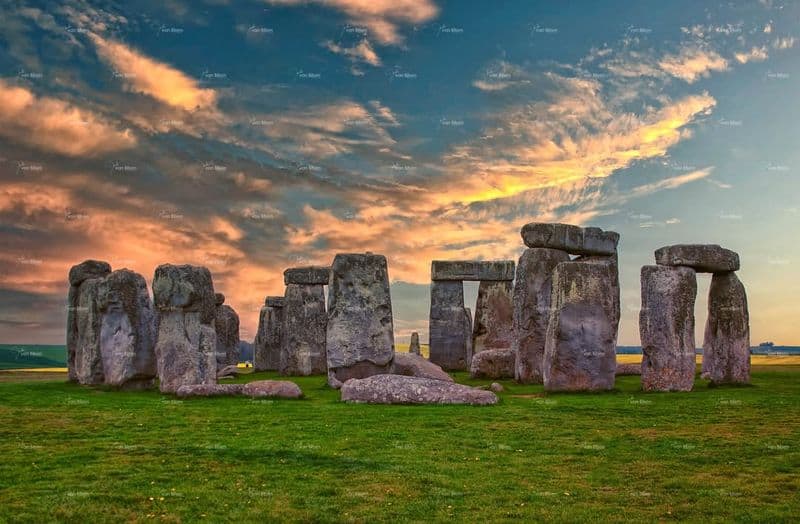
Stonehenge, located on Salisbury Plain, is one of the most famous prehistoric monuments in the world.
Its massive stone circles, set against the backdrop of the English countryside, have captivated visitors for centuries.
The site is believed to have been constructed around 2500 BC, but its exact purpose remains a mystery. From religious ceremonies to astronomical observations, theories abound about its function.
Today, Stonehenge stands as a testament to the ingenuity and creativity of its builders, drawing visitors eager to explore its mystique.
2. Tower of London
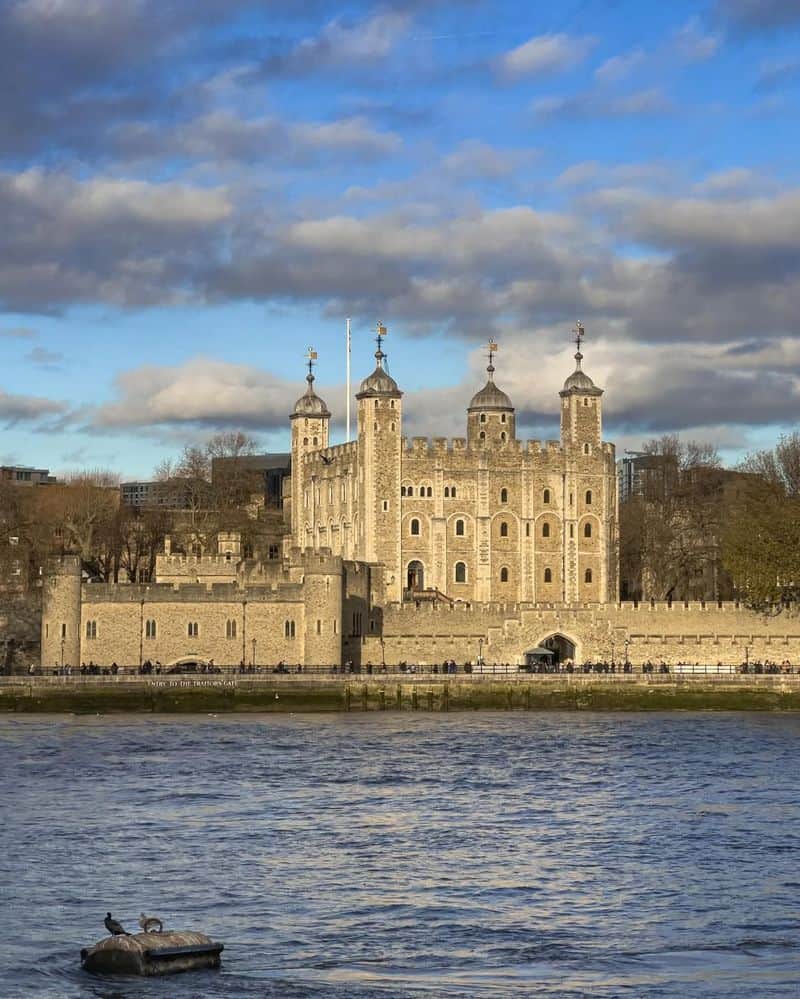
The Tower of London is a historic castle located on the north bank of the River Thames in central London. Established by William the Conqueror in 1066, its primary function was a fortress and royal palace.
Over the centuries, it became infamous as a prison, housing many notable figures. Today, it is home to the Crown Jewels, attracting millions of visitors annually.
Rich in history and stories of intrigue, the Tower offers an immersive experience into England’s past.
3. Edinburgh Old Town
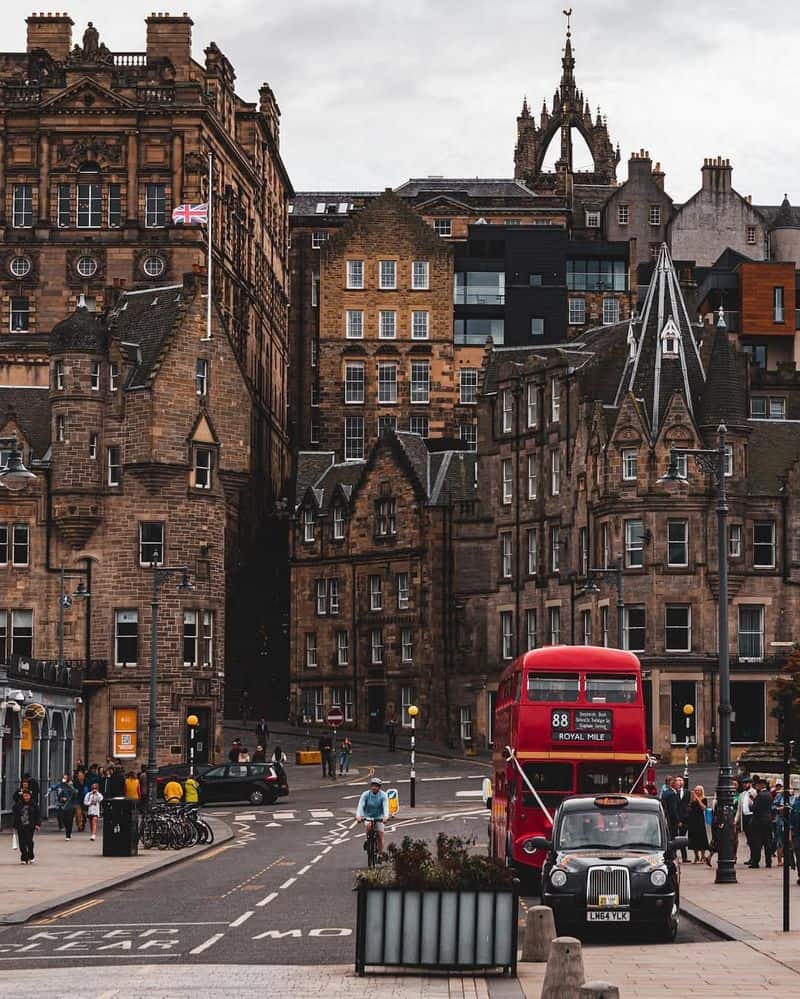
Edinburgh’s Old Town is a labyrinth of medieval architecture and historical streets.
Dominated by Edinburgh Castle at one end and the Palace of Holyroodhouse at the other, the Royal Mile connects these iconic landmarks.
Visitors can explore its narrow alleyways, hidden courtyards, and bustling markets. Each corner reveals stories of Scotland’s storied past, from literary legends to political intrigue.
Rich in character, Edinburgh Old Town is a vibrant area where history meets modernity, offering a unique cultural experience.
4. Giant’s Causeway
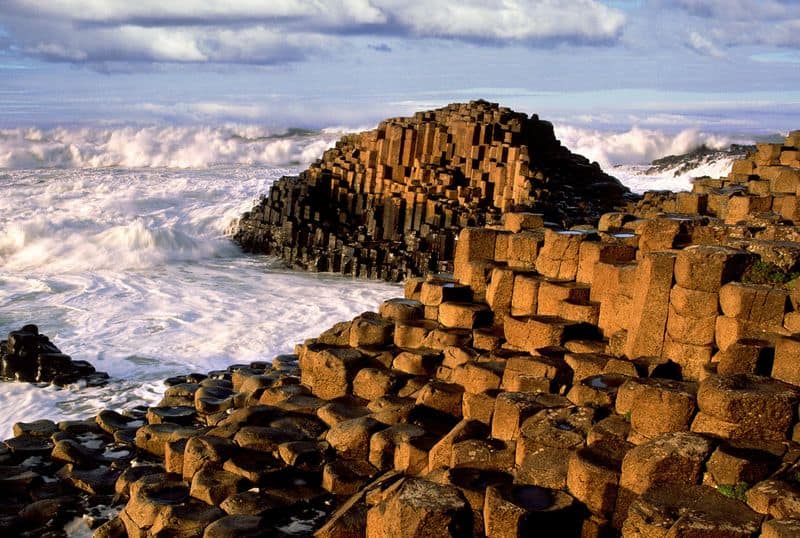
Giant’s Causeway, located in Northern Ireland, is a natural wonder consisting of around 40,000 interlocking basalt columns.
Formed by an ancient volcanic eruption, this geological marvel captivates with its unique hexagonal shapes.
Legend has it that the columns are remnants of a causeway built by the giant Finn MacCool. The site offers stunning coastal views, making it a favorite among photographers and nature enthusiasts alike.
Visitors can explore the paths and imagine the myths that surround this enchanting location.
5. Bath Roman Baths
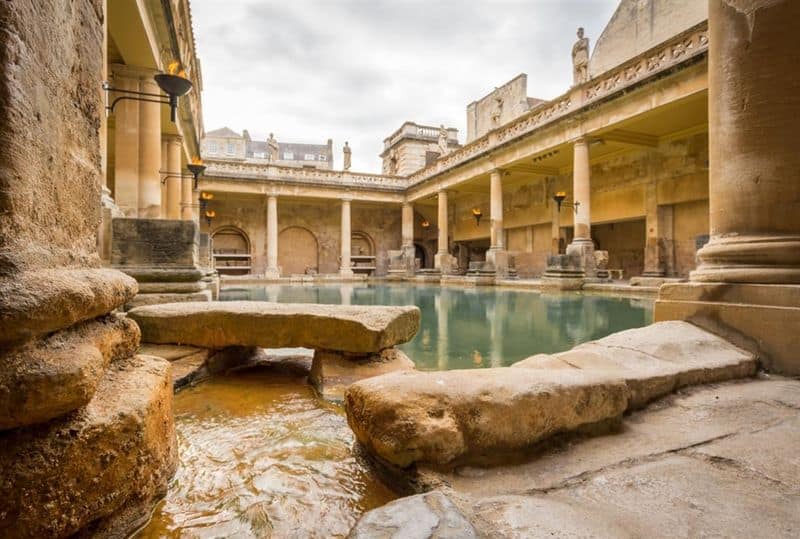
The Roman Baths in Bath are among the best-preserved ancient spa complexes in the world. Founded in 60-70 AD, they were used for public bathing.
Today, visitors can explore the extensive ruins, including the Great Bath, temple courtyards, and museum exhibits.
The site provides a glimpse into Roman life, engineering, and architecture. The thermal springs that feed the baths have been flowing for thousands of years, creating a unique and historical ambiance.
6. Palace of Westminster
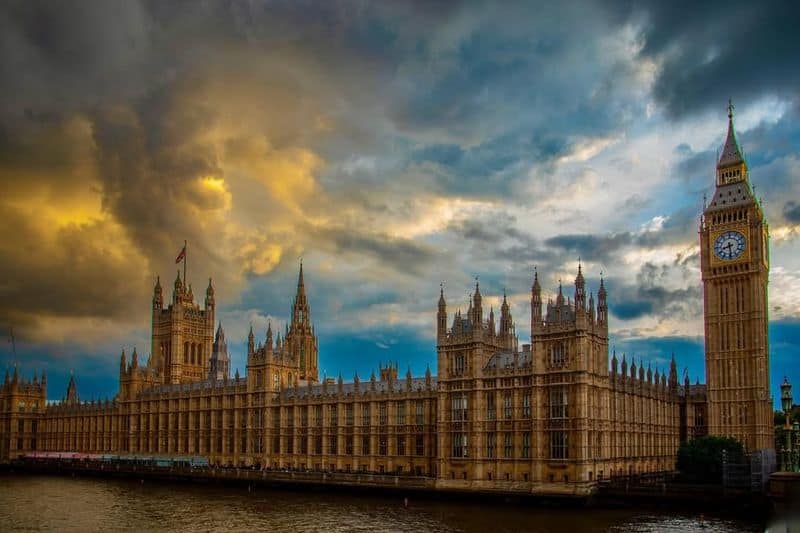
The Palace of Westminster is the seat of the UK Parliament and an iconic symbol of British democracy.
Located on the banks of the River Thames, its Gothic architecture is instantly recognizable. Big Ben, the clock tower, is a global icon representing London.
Inside, the House of Commons and the House of Lords are where historical debates and decisions take place.
Visitors can tour the building and witness the grandeur and historical significance of this legislative center.
7. Durham Cathedral
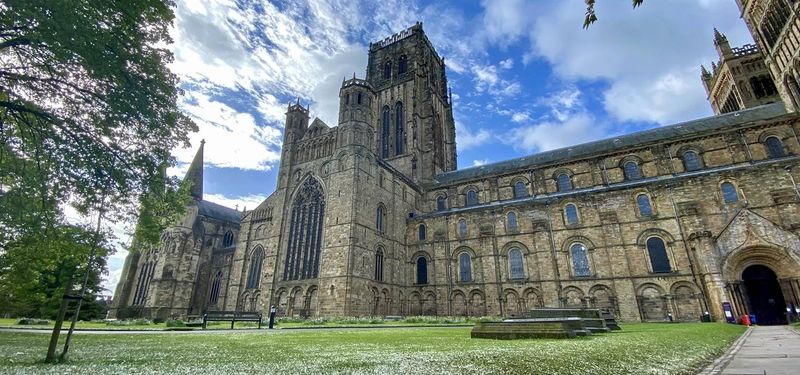
Durham Cathedral is an outstanding example of Norman architecture and a center of pilgrimage. It was built to house the relics of St. Cuthbert and is renowned for its stunning Romanesque design.
Visitors are drawn to its massive stone columns, intricate carvings, and beautiful stained glass windows. The cathedral stands majestically on a hill overlooking the River Wear, offering serene views.
As both a religious and cultural landmark, Durham Cathedral continues to inspire awe and reverence.
8. Canterbury Cathedral
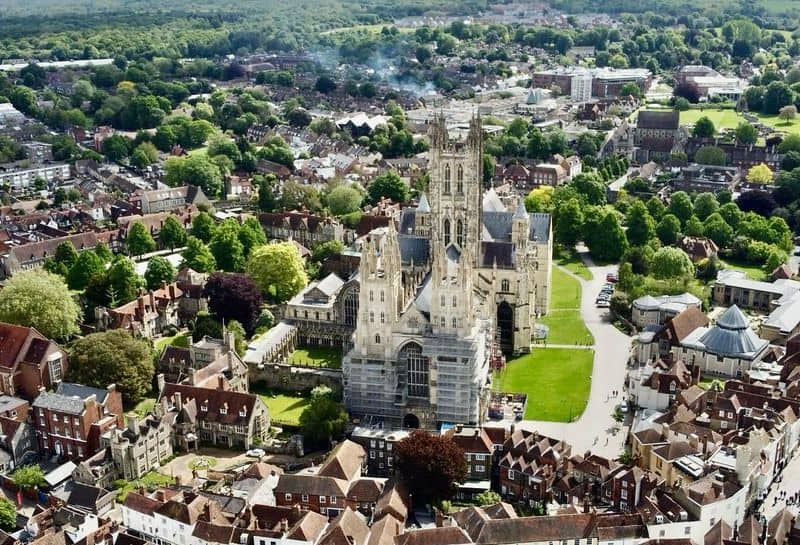
Canterbury Cathedral is the spiritual heart of the Church of England and a masterpiece of Gothic architecture. Founded in 597 AD, it is the mother church of the Anglican Communion.
The cathedral is famed for its beautiful stained glass and the shrine of St. Thomas Becket. Pilgrims and tourists alike are drawn to its historical significance and architectural beauty.
The cathedral’s towering spires dominate the skyline, offering a glimpse into England’s rich religious history.
9. Forth Bridge
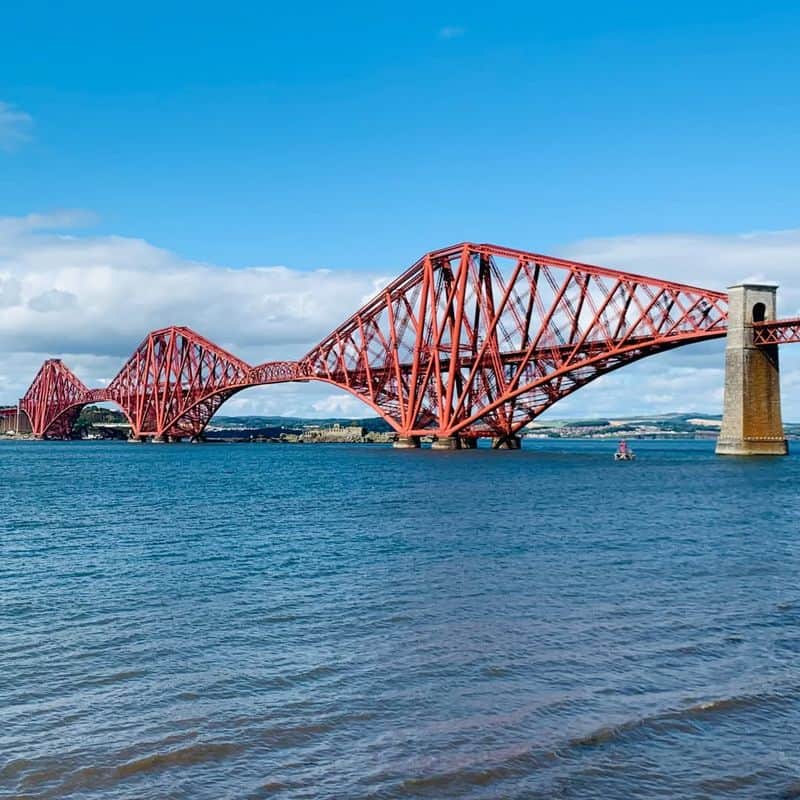
The Forth Bridge is an engineering marvel and a symbol of Scotland’s industrial heritage.
Completed in 1890, this cantilever railway bridge spans the Firth of Forth, connecting Edinburgh to Fife. Its distinctive red color and robust design make it iconic.
The bridge represents a significant achievement in engineering, still in operation today. Visitors can admire its grandeur from various viewpoints, reflecting on the innovation of the Victorian era.
10. St. Kilda

St. Kilda is a remote archipelago in Scotland, known for its dramatic landscapes and rich wildlife. The islands were inhabited for over 2,000 years, offering insights into a unique way of life.
Today, they are a haven for seabirds, with towering cliffs providing nesting grounds.
Visitors can explore the remnants of village structures and imagine life in this isolated environment. St. Kilda’s natural beauty and cultural heritage make it a must-see for nature enthusiasts and history buffs.

